Center of Korea Observatory (국토정중앙천문대)
.0M 2021-08-12
127, Guktojeongjungang-ro, Yanggu-gun, Gangwon-do
+82-33-480-2586
The Center of Korea Observatory in Yanggu-gun is named for its location at the center of the Korean Peninsula. It is equipped with an 80-centimeter reflecting telescope. There is also an exhibition hall providing the most recent astronomy news, a planetarium showing the night sky, and a range of hands-on programs.
Park Soo Keun Museum (박수근미술관)
5.2Km 2022-12-23
265-15, Parksookeun-ro, Yanggu-gun, Gangwon-do
+82-33-480-7226
Park Soo Keun (1914-1965) was an artist who devoted his life to drawing the lives of ordinary people with a warm gaze. The Park Soo Keum Museum, which has a floor space of 700 square meters, is built upon the artist’s birthplace in his hometown in Yanggu-gun, Gangwon-do. The museum was founded with the intent to develop into a major cultural space for the region and to honor Park Soo Keun’s life and art. The collection of Park Soo Keun’s artworks shown at the museum include his oil paintings, a number of prints such as "The Tree and Two Ladies" and "Tapdori," watercolor painting "Watercolors," and dozens of other drawings.
Soyangho Lake (Yanggu Section) (소양호(양구))
5.5Km 2023-09-14
Seokhyeon-ri, Yanggu-gun, Gangwon-do
+82-33-480-7204
Soyangho Lake is a man-made lake that was created when Soyang Dam, the biggest rock-filled dam in Asia, was built in 1973. The lake is a hotspot for aquatic tourism and the lakeside road is an important route that connects Chuncheon and Yanggu. It is also a popular fishing spot as over 50 types of fishes can be found.
Yanggu Prehistory Museum (양구선사박물관)
7.0Km 2022-08-18
439-52, Geumgangsan-ro, Yanggu-gun, Gangwon-do
+82-33-480-7220
Yanggu Prehistory Museum displays artifacts from the Paleolithic Age found in Sangmuryong-ri, Yanggu-eup and the Neolith Age discovered in Hyeon-ri, Haean-myeon. It is the first prehistory museum in the nation and aims to teach visitors about Korean prehistoric culture in a manner easy to understand.
Paroho Lake (Yanggu) (파로호(양구))
7.7Km 2021-11-30
545, Ha-ri, Yanggu-gun, Gangwon-do
+82-33-480-2531
Paroho Lake is a manmade lake that was completed in 1943. The lake was created due to the construction of a hydraulic power plant in Hwacheon during Japanese colonial period. The name was given after President Syngman Rhee designated a plaque in his own handwriting naming the body of water ‘Paroho Lake’ during the Korean War after a victorious feat in a battle against the Chinese army. The power plant has a generation capacity of 105,000 kilowatts, and the lake is one of the top fishing grounds in Korea as it is abundant in freshwater fish.
The area boasts several splendid views and a former president built his country home on the lake. Relics from the Stone Age and New Stone Age were found to be well preserved in the area. Twenty-one dolmens were found on the lake grounds, as well as 4,000 pieces of Prehistoric relics used during Paleolithic age, drawing interest from the academic field. Recently, habitats of mandarin ducks, a national natural monument, were found near the Paroho lakeside.
Gwangchi Recreational Forest (광치자연휴양림)
9.1Km 2021-03-25
265, Gwangchiryeong-ro 1794beon-gil, Yanggu-gun, Gangwon-do
+82-33-482-3115
Gwangchi Recreational Forest is located near Gwangchiryeong Pass (alt. 800 meters). The pass encompasses waterfalls and valleys in a dense forest. Gwangchi Tunnel connects the areas of Yanggu and Inje to the East Sea, making the forest a great addition to travel itineraries. The recreational area serves as a retreat for residents and helps to support the local economy through tourism.
Soyangho Lake (Inje Section) (소양호-인제)
11.7Km 2022-12-28
133, Wonnam-ro, Inje-gun, Gangwon-do
+82-33-460-2170
Soyangho Lake, one of the biggest manmade lakes in Korea, along with Chungjuho Lake, was created in 1973 when the world’s fourth largest dam, Soyang Dam, standing 123 meters high, was constructed. The 60-kilometer watercourse connecting Chuncheon and Inje is a route along which you can enjoy the beautiful hills and streams of Naeseorak. In the Inje section, upstream of the lake, there are various species of fish such as carp, crusian, leather carp, mandarin fish and pond smelt, attracting many tourists and fisherman. Fishing spots are found in areas such as Gunchukgyo Bridge, Bupyeong, Gwandae-ri, and Sangsunaeri Fishing Pier. Also, from December and March when a portion of the lake near Gunchukgyo Bridge freezes, you can bore holes through the ice sheet and enjoy ice-fishing for pond smelt.
INJE HOTEL/ 인제호텔(INJE HOTEL)
12.6Km 2025-03-18
4 , Inje-ro 187beon-gil, Inje-gun, Gangwon-do
+82-33-461-4035, +82-10-5215-1551
The Inje Hotel in Inje-eup, Gangwon-do, offers a variety of rooms including standard, VIP, large ondol rooms, and special rooms for particular customer groups. Separate shower rooms are shared. There is a Korean restaurant on the first floor, and lobby facilities include a free fax machine, a beverage/ramen vending machine, a water purifier, and a microwave. Coffee beans are always available. The hotel is close to Inje Intercity Bus Terminal, while tourist attractions within walking distance include the Sanchon Folk Museum and the Skyfall Culture Center.
X-game Resort (Naerincheon Bungee Jumping) (엑스게임리조트(내린천 번지점프))
13.9Km 2025-01-06
2254, Seorak-ro, Inje-gun, Gangwon-do
+82-33-461-5216
Situated in Inje-gun, Gangwon-do, X-game Resort Naerincheon (Stream) Bungee Jumping is a leaning tower style bungee jumping facility, like those common in Australia. To secure safety, the facility is tilted at 60 degrees and flanked by steel frames on both sides. Adopting technologies employed by Bungee Big, a renowned company in Australia, it offers one of the safest bungee jumping experiences for visitors. The 63 meter high jump platform will give visitors a thrill as they jump towards the stream below.
For those who have fear of bungee jumping, try Slingshots, that shoots up to the sky. They are easily accessible and ideal for family visitors and couples. Two people at a time can ride the slingshots, and there are two towers (30 meters high) supporting slingshots on both sides. Shot from the bottom, slingshots can fly one and half times as high as the x_height of the jumping facility. Flying over 45 meters in a matter of seconds, slingshots offer extreme thrills for friends, couples, or family visitors.
Yanggu Eco-Botanical Garden (양구생태식물원)
14.3Km 2022-08-18
169, Sumgol-ro 310beon-gil, Yanggu-gun, Gangwon-do
+82-33-480-7391
First opened in June 2004, Yanggu Eco-Botanical Garden was built on a total area of 189,141 ㎡. Nearly 3.1 billion Korean won (approximately 3 million USD) was spent on the construction and it was built to be developed into a South and North Korean ecosystem restoration center. Located in the northernmost region of South Korea, it houses more than 400 rare plants including plants that are Korean native species and protected by Korean Ministry of Environment.
The garden is divided into six parts by their features including a botanical garden, natural forest, and facilities zone. In the botanical garden, rare plants such as northern native plants and alpine plants that are naturally grown in the demilitarized zone (DMZ) and Yanggu area are displayed in one place.
There are also walking trails, a medicinal plants exhibition hall, plant nursery, and greenhouse. To add a natural and lively touch to the garden, a mountain stream zone and wetlands zone were prepared to provide people with the chance to enjoy the pleasant sound of running water.
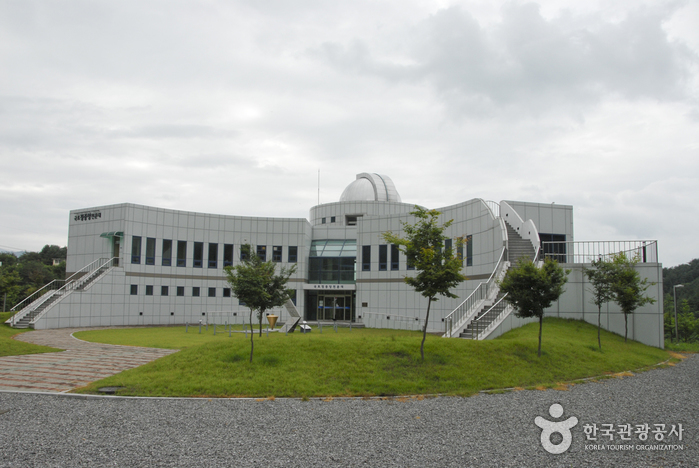
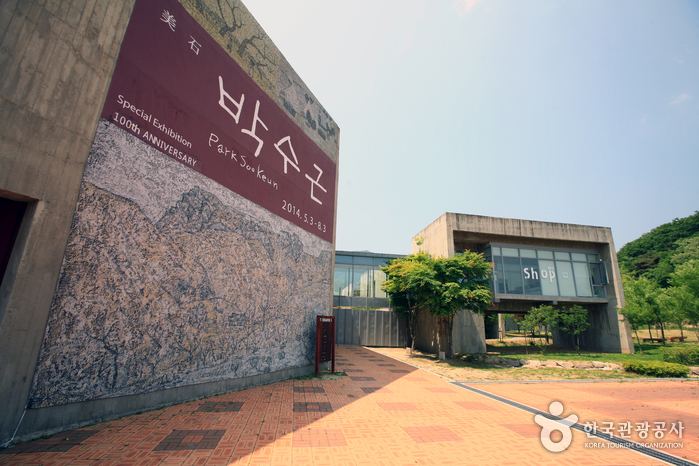
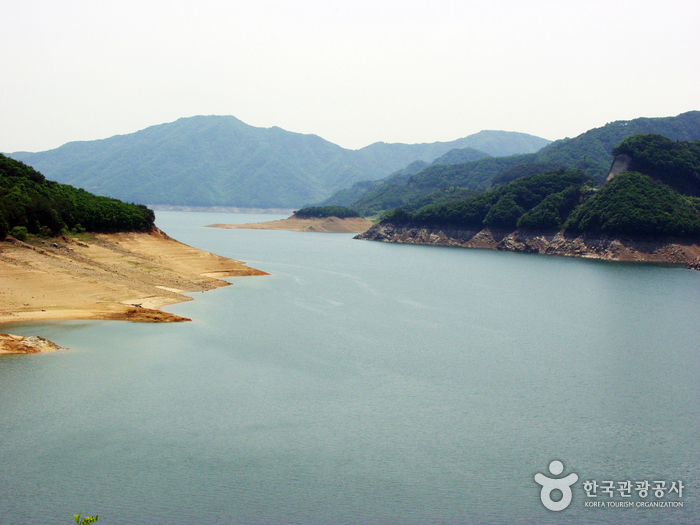

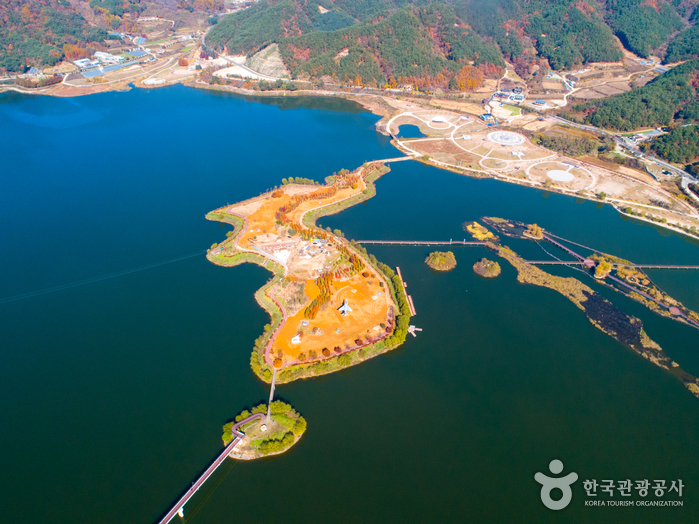
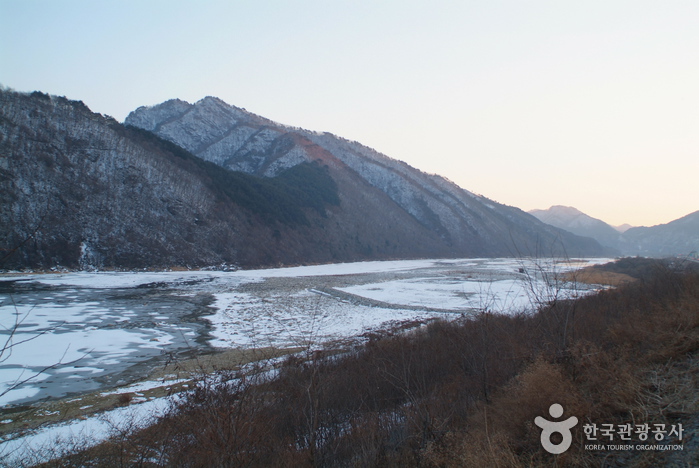
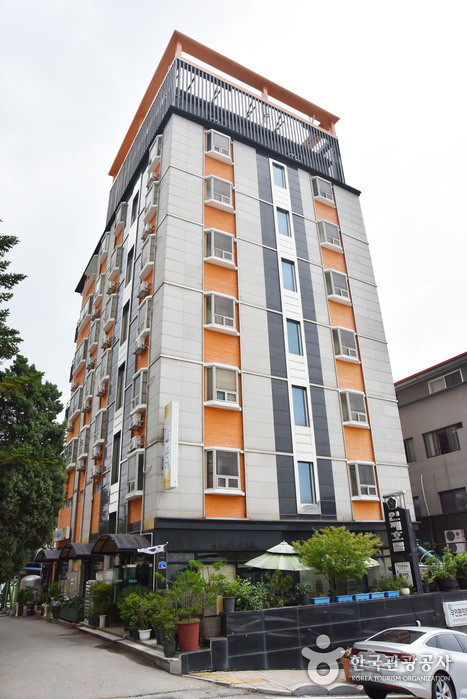
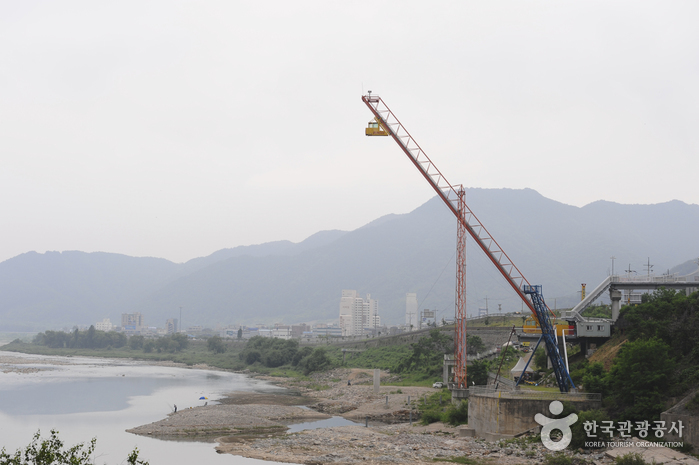
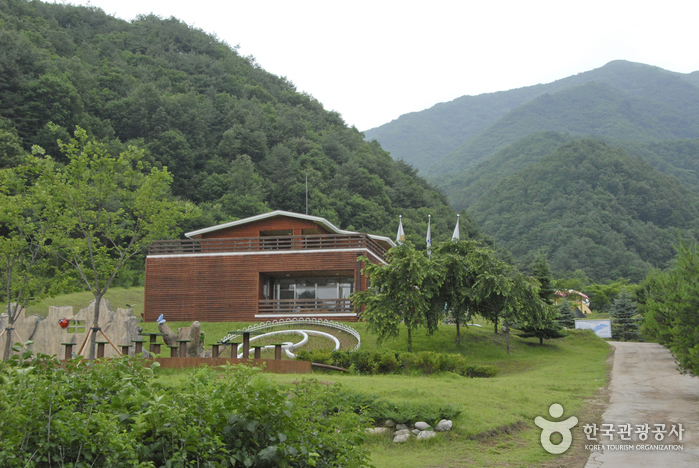
 English
English
 한국어
한국어 日本語
日本語 中文(简体)
中文(简体) Deutsch
Deutsch Français
Français Español
Español Русский
Русский